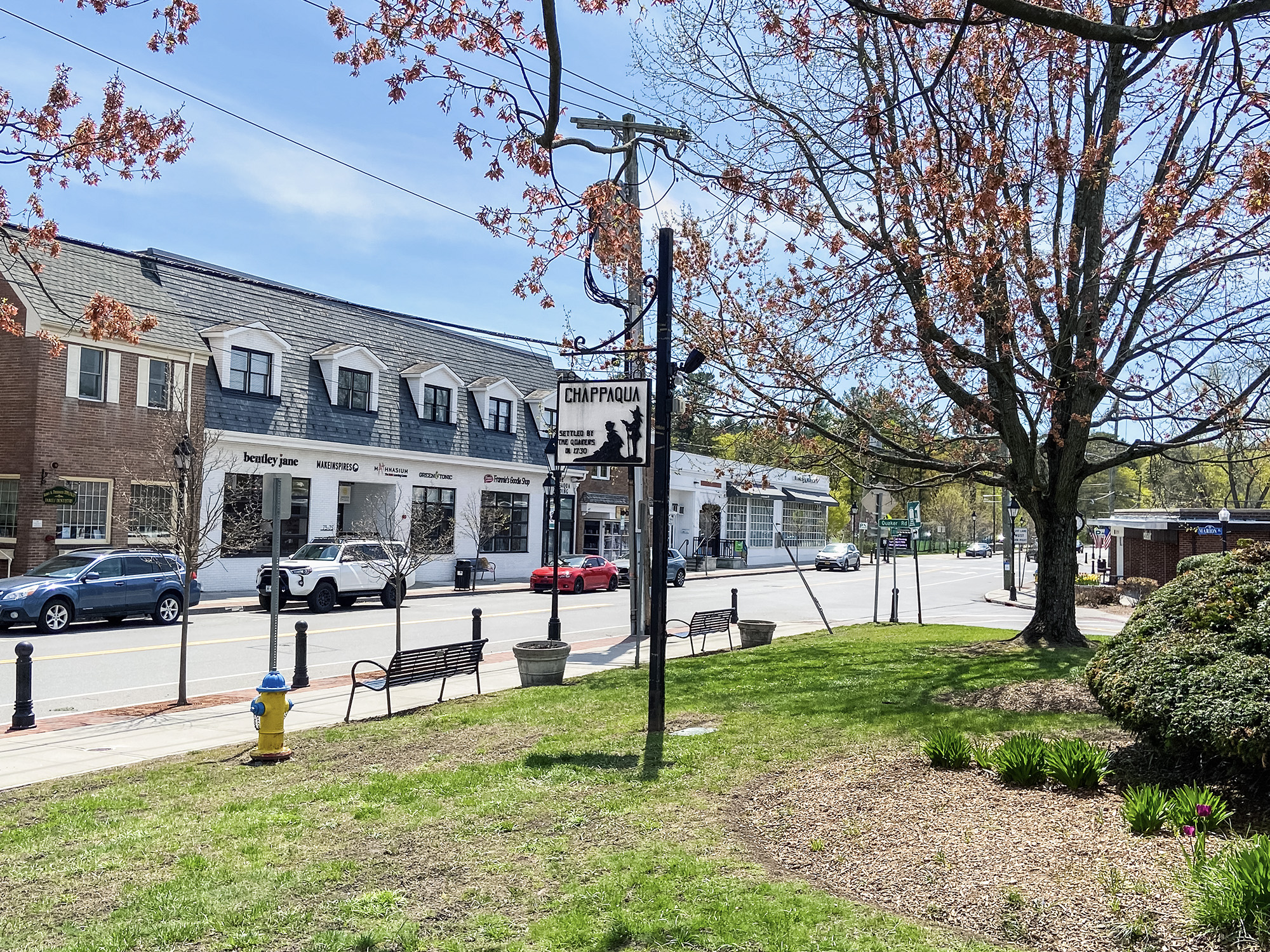*
*Mortgage Outlook for the Next 90 Days**
**Bottom line:** Most analysts expect a modest decline in U.S. mortgage rates over the coming quarter, with the 30‑year fixed likely settling between **6.2 % and 6.5 %** by mid‑December 2025. A return to sub‑6 % levels appears unlikely without a sharper economic slowdown.
---
### Current Landscape
- **30‑year fixed:** ~**6.35 %** (mid‑September 2025) – the steepest drop of the year.
- **15‑year fixed:** ~**5.5 %** – still higher than the 3‑4 % range of the early 2020s.
- **ARMs:** Slightly lower starts but carry payment‑increase risk.
- **$400,000 loan:** Principal‑interest payment ≈ **$2,500/month** – about 20 % higher than two years ago.
These figures illustrate that, while rates have eased, affordability remains tighter than in the low‑rate era.
---
### What’s Driving the Change?
| Factor | Current Status | Impact on Rates |
|--------|----------------|-----------------|
| **Federal Reserve** | Funds rate 4.25‑4.50 % | Market expects a 0.25 % cut in September; a possible second cut in December if inflation cools. |
| **Inflation** | CPI 3.3 % YoY (August); core > 2 % | Core inflation still above the Fed’s 2 % target, keeping rates higher. |
| **Bond Yields** | 10‑year Treasury ≈ 4.2 % | Mortgage rates track Treasury yields; a decline in yields would lower mortgage rates. |
| **Jobs & Growth** | August jobs report weaker than expected; GDP forecasts trimmed | Slower growth signals a softer economy, encouraging rate cuts. |
| **Global & Policy Risks** | Tariffs, supply‑chain disruptions | Potential to raise inflation, counteracting rate‑cut momentum. |
The consensus is that a mild economic cooling—without a full recession—will allow rates to drift lower.
---
### Expert Consensus
| Source | Q4 2025 Avg. | End‑2025 Forecast |
|--------|--------------|-------------------|
| **Fannie Mae** | 6.5 % | 6.5 % |
| **Mortgage Bankers Association** | 6.6 % | 6.6 % |
| **National Association of Realtors** | 6.7 % | 6.7 % |
| **Realtor.com** | 6.4 % | 6.4 % |
| **Wells Fargo** | 6.67 % | – |
| **Long‑Term Forecast** | ~5.9 % | 5.84 % |
Across the board, the expected movement is a **0.1 %–0.5 %** easing from current levels. Sub‑6 % rates are not on the radar unless the economy slows more sharply.
---
### What It Means for Buyers, Sellers, and Refinancers
| Role | Impact |
|------|--------|
| **Buyers** | A 0.3 % drop could save ~**$60/month** on a $350,000 loan, potentially attracting 5‑10 % more buyers. Affordability still tight for first‑timers. |
| **Sellers** | Slight rate decline may boost buyer interest, but limited inventory (≈ 4 months of supply) keeps prices largely stable. |
| **Refinancers** | Current low‑rate borrowers (2020‑21) need at least a **0.75 %** drop to justify refinancing costs. |
Historical patterns (e.g., 2018‑2019) show that falling rates can spur sales, but the current housing‑shortage and many homeowners locked into low rates may dampen the effect.
---
### Practical Tips for the Next 90 Days
1. **Buyers**
- Secure pre‑approval now; shop with 3‑5 lenders.
- Consider lenders offering “float‑down” options to lock in a lower rate if it falls before closing.
2. **Sellers**
- Price competitively; highlight features that appeal to buyers in a selective market.
3. **Refinancers**
- Use online calculators to compare potential savings against closing costs.
- Monitor projected rates; a drop of 0.75 % or more is usually required for a net benefit.
4. **Stay Informed**
- Follow weekly Freddie Mac rate surveys and Fed meeting minutes for real‑time signals.
- Keep an eye on 10‑year Treasury yields; a decline often precedes mortgage rate cuts.
5. **Save for Down Payment**
- High‑yield savings accounts (APYs ~4.5 %) can accelerate your savings while you wait for rates to move.
---
### Bottom Line
The next three months are likely to bring a **gentle easing** in mortgage rates, hovering around **6.2 %–6.5 %** by mid‑December. While this offers modest relief, rates will remain above the historic low‑rate era, and significant drops below 6 % are improbable without a stronger economic slowdown. Buyers, sellers, and refinancers should prepare by securing approvals, comparing lenders, and staying alert to Fed actions and Treasury yields.















